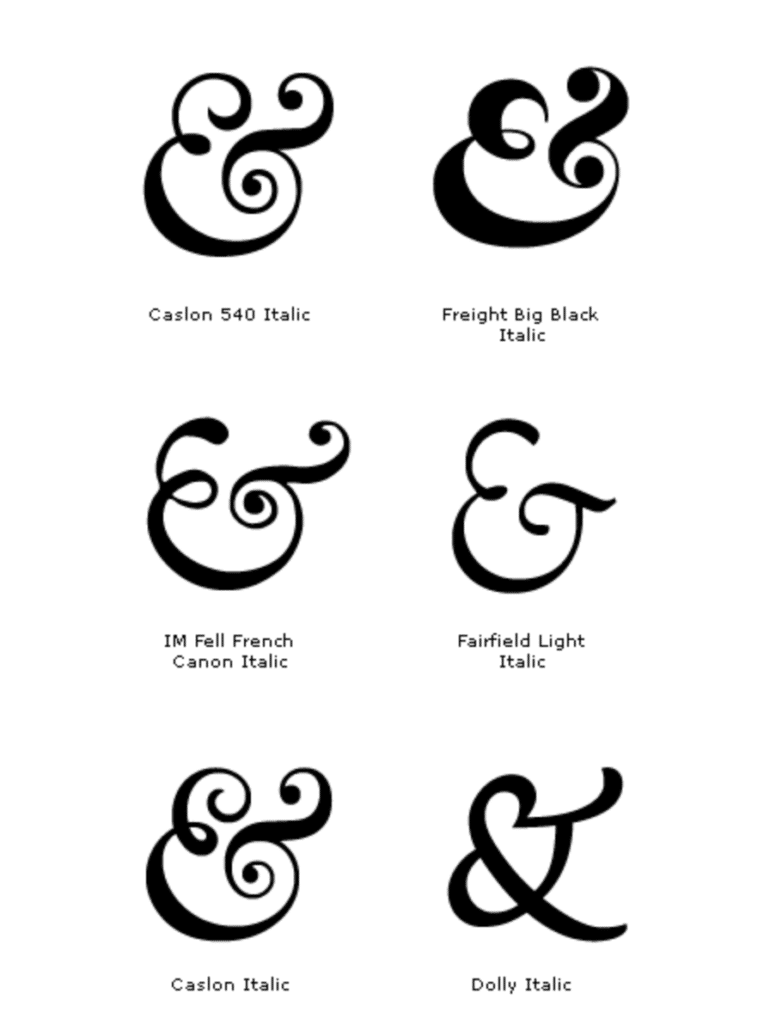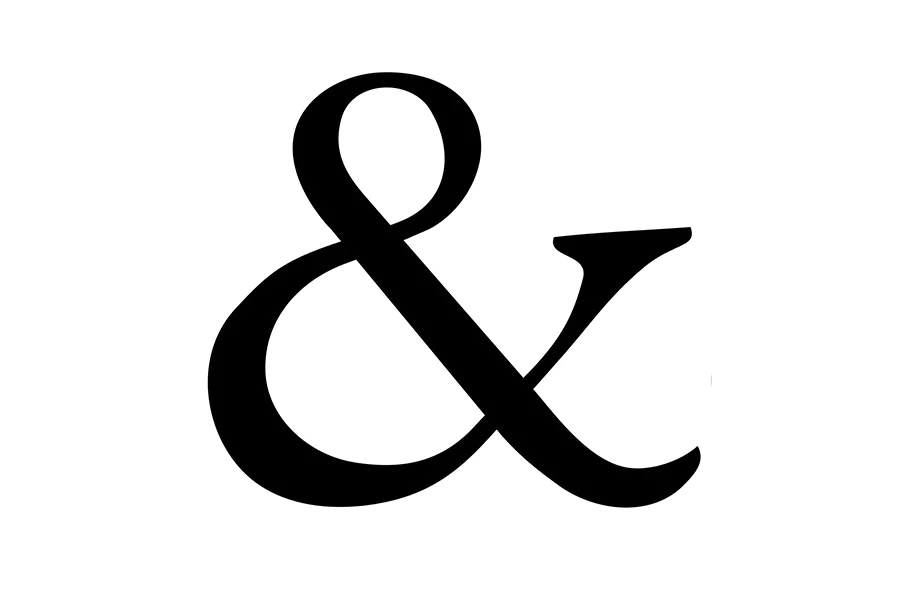Ever wondered how the Ampersand came about and why it’s called Ampersand?”
Have you ever wondered how the ampersand got its name? Interestingly, the history of the ampersand is made up of some fun facts that you can pass on to your students. That is to say, you can add some color and context to one of the characters used daily by our text happy students.
As mentioned, the ampersand today is used primarily for texting or communicating quickly. However, in the past it was traditionally used in some well known business names such as Johnson & Johnson or Barnes & Noble.
But did you know that this small character was once the 27th ‘letter’ of the alphabet? Let’s look at why was it part of the alphabet and where it came from as the origin of its name is almost as bizarre as the name itself!
How it got its shape
The shape of the character (&) predates the word ampersand by more than 1,500 years. Importantly, in the first century Roman scribes wrote in cursive. Therefore, when they wrote the Latin word et which means “and” they naturally linked the e and t.
Over time the combined letters written this way came to signify the word “and” in English as well. Consequently, certain versions of the ampersand, like that in the font Fairfield Light, clearly reveal the origin of the shape.

Some fonts clearly show the ampersand as we know it, as the letters e and t conjoined.
The word “ampersand” came many years later when “&” was actually part of the English alphabet. So in the early 1800s, school children reciting their ABCs concluded the alphabet with the &.
However, it would have been very confusing to say “X, Y, Z, and.” So to finish off the ABC’s tidily the students said, “and per se and.” “Per se” means “by itself,” so the students were essentially saying, “X, Y, Z, and by itself and.” Over time, “and per se and” was slurred together into the word we use today: ampersand.
Did you know when a word comes about from a mistaken pronunciation, it’s called a mondegreen?
The ampersand may sometimes be found used in an unusual configuration where it appears as “&c” and means etc. The ampersand does double work as the e and t.
Manage your test prep tutoring business with:
- Free SAT practice tests
- Free ACT practice tests
- Comprehensive test reports
- Test gains
Interested in Oases for your Tutoring Business?
Love it and want it now?
Create your Oases database!

